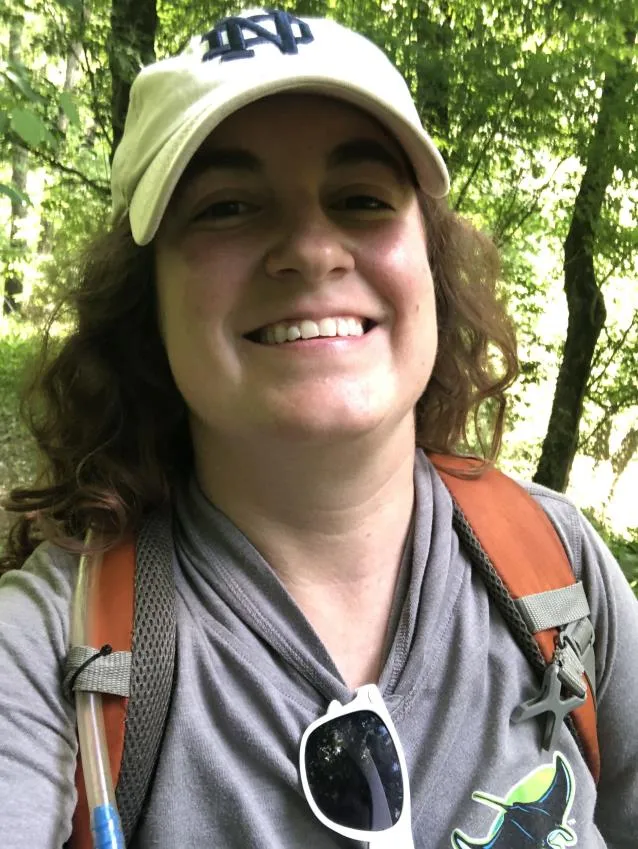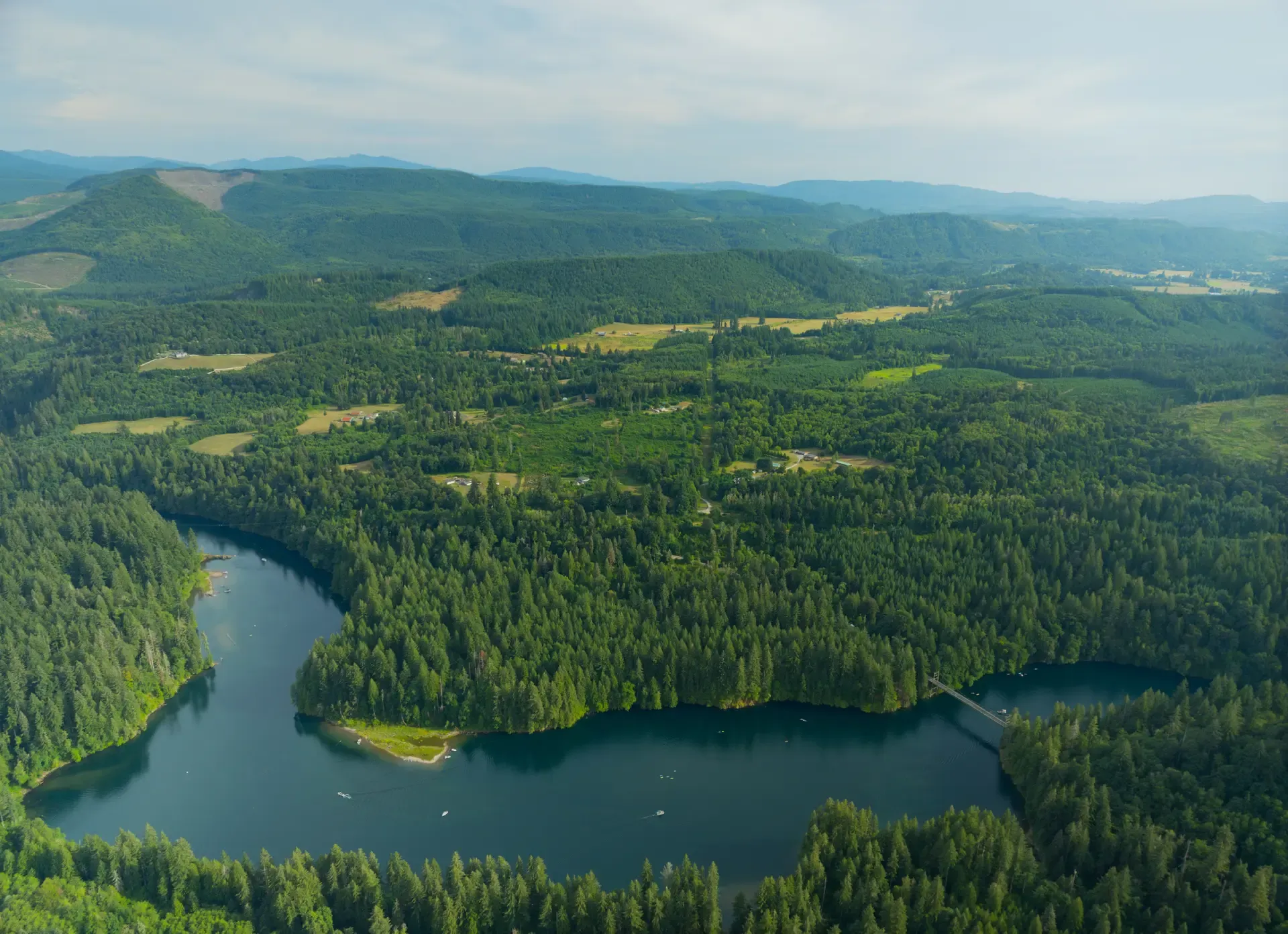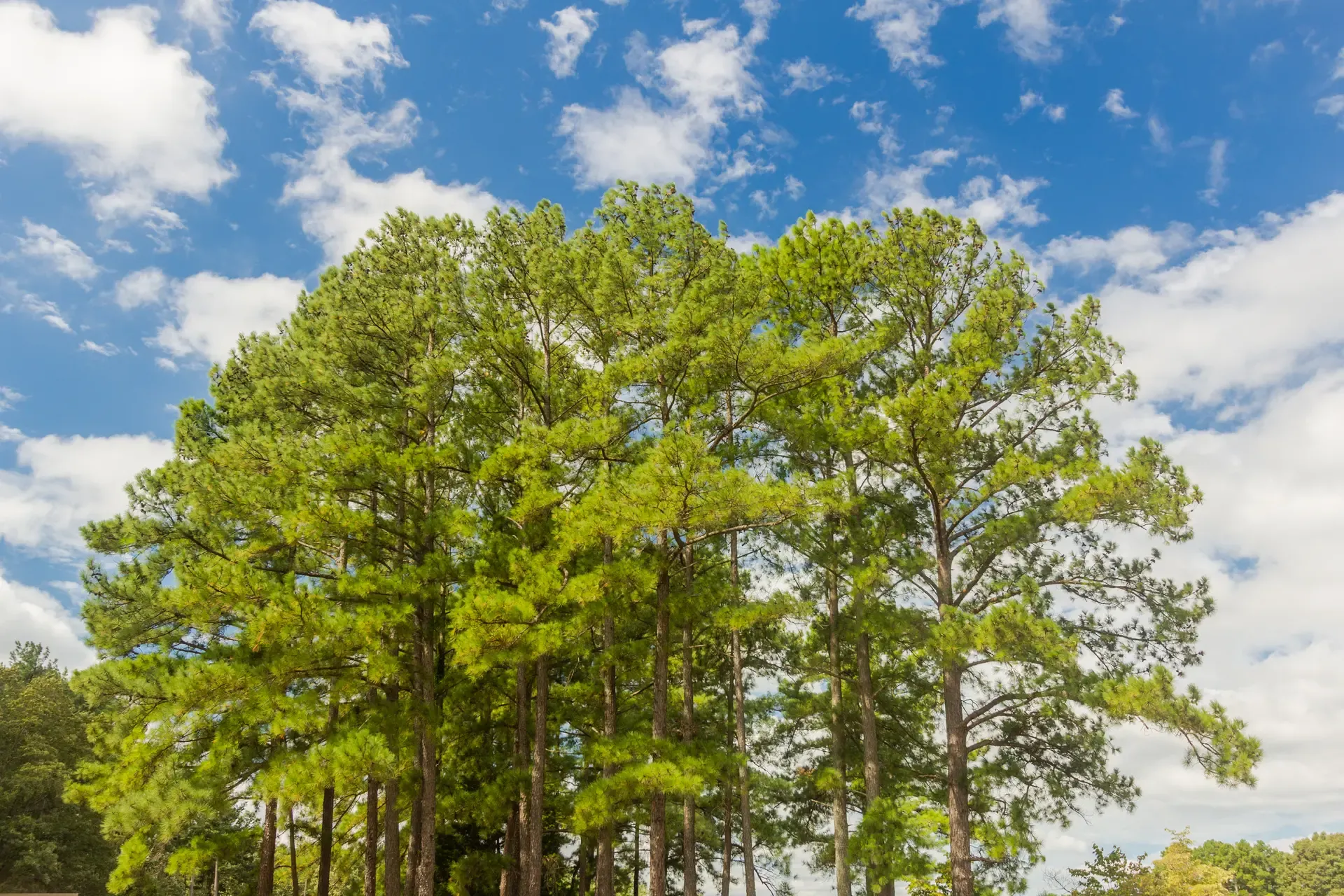VIDEO: Our Carbon Accounting Methodology Explained

As the world continues to develop and advance new ways to fight climate change, it has become clear that forests are integral to improving the health and wellbeing of the planet and our communities. On their own, forests already play a critical role in our planet’s natural carbon cycle. Activating them as a natural climate solution through the voluntary carbon market helps keep even more carbon out of our atmosphere and mitigate the impact of climate change. But the question remains – how do we do that, and do it well?
Measuring how much carbon is captured can be confusing and complex, leading to misunderstanding around how carbon projects create meaningful impact in the fight against climate change. The Family Forest Carbon Program, a partnership between AFF and the Nature Conservancy (TNC), pioneered a new methodology that addresses those challenges, improving accuracy and transparency to ensure our program is having a real impact.
The following video provides a step-by-step explanation of how our carbon program works, our methodology’s approach, and how it helps expand access to the carbon market for thousands of rural landowners seeking to improve the health of their forests and benefit the planet.
To learn more about the Family Forest Carbon Program, visit www.familyforestcarbon.org.
Related Articles

July 1, 2025
Forester Spotlight: Sarah Cawood
We’re excited to highlight Sarah Cawood, a dedicated forester with the Family Forest Carbon Program (FFCP) who brings enthusiasm, experience, and a strong commitment to conservation to her work.

June 30, 2025
Why Voluntary Carbon Markets Are a Smart Investment for Companies Tied to Forests and Water
Extreme weather events are intensifying across the U.S.—from wildfire to prolonged drought and flooding—and our forests are often at the center of these impacts. While these challenges ultimately affect everyone, certain industries increasingly face direct, material exposure to these effects—but they also have unique tools to reduce that risk.

June 3, 2025
Why Wildlife Loves Loblolly—And How These Pines Can Benefit Your Land
A quiet stretch of pine trees can offer more than just scenery—it can provide vital habitat for wildlife across every season. Loblolly pine, the most common native tree species in the Southeast, plays a particularly important role in creating habitat for a wide variety of game and non-game species, from wild turkeys and rabbits to songbirds and squirrels.